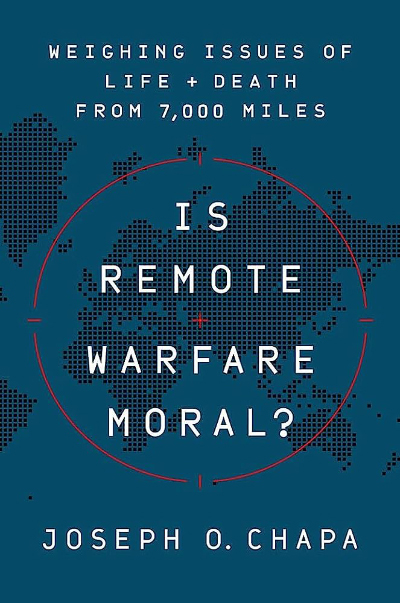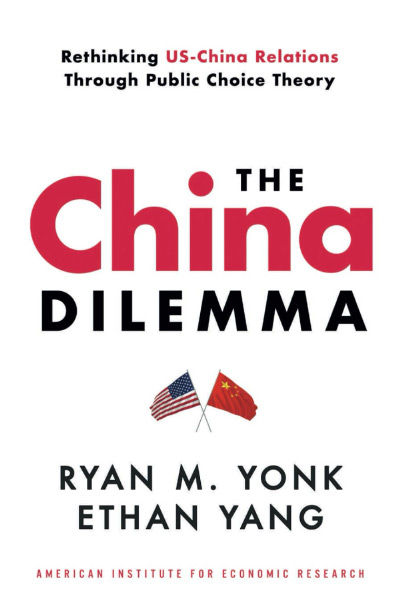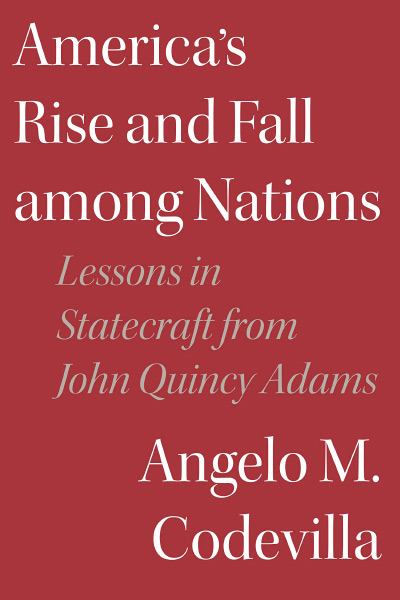Drones, or Unmanned Aerial Vehicles (UAVs) are synonymous with the U.S. government’s “war on terror.” Every U.S. president since George W. Bush has incorporated the proactive use of drones into their foreign policy. The U.S. government has deployed drones in declared conflict zones—e.g., Afghanistan and Iraq—and in locations where no conflict has been declared—e.g., Pakistan, Yemen, Somalia. Within this context, Is Remote Warfare Moral? seeks to advance the discussion of the ethics of drones in warfare. Joseph Chapa is in a unique position to analyze the issue—he not only holds a PhD in philosophy but is also a lieutenant colonel in the U.S. Air Force with first-hand experience as a drone pilot. The book combines insights from his academic field with his personal experience with drones.
If there is a core theme that unites the book beyond drones, it is the concept of distance in war. Chapa asks the reader to think about what the introduction of distance between parties involved in warfare means for the ethics of war. As he puts it, “In the end, though, this book is about the ethical implications of distance in war” (p. 19). This might sound mundane, but the focus on distance produces some interesting insights. For instance, drones are often viewed as a unique tool of war since they are operated remotely from pilots sitting in a geographically distant area. But does this really make them distinct?
Certainly, the technology of drones is unique, but their distinctiveness as a tool of war is one of degree and not of kind. Throughout history there have been numerous innovations that have introduced distance into warfare. The introduction of long-range rifles, for instance, allowed snipers to engage in warfare from a physical distance. The introduction of aircraft further introduced physical distance between pilots (and those providing orders to pilots) and their targets on the ground.
Moreover, while drones increase the physical distance between operators and targets, they decrease distance in other, nongeographic ways. For example, Chapa argues that drones allow pilots to use human judgment as if they were closer than their physical distance would suggest. The ability of drones to surveil, and their embeddedness in overlapping systems of operation—air, sea, and ground—allow pilots to access information and exercise judgment in ways other manifestations of warfare do not allow for. As Chapa notes, “remotely piloted aircraft have vastly increased physical distances in warfare but tremendously reduced visual distances—operators can directly observe the battlefield” (p. 140).
Chapa situates his arguments in the context of just war theory which focuses on the ethics of why and how wars are fought. Just war theory is typically broken into three segments—the morality of the decision to go to war (jus ad bellum), the morality of acts undertaken during war (jus in bello), and the morality of behavior by participants following war (jus post bellum). Chapa situates his analysis in the second category, the morality of drones as a tool used during war. He argues that drones, like other tools of war, can potentially meet the three core jus in bello requirements—(1) discrimination between combatants and non-combatants, (2) proportionality whereby the anticipated benefit of a military action outweighs the moral costs, and (3) minimal harm whereby a course of action minimizes harm, relative to alternative means, in achieving a justified end. He concludes that “Remote warfare operations can be just as discriminate, proportionate, and necessary as their traditionally piloted counterparts” (p. 122).
Chapais successful in correcting misconceptions about drones. He convincingly shows that drone pilots don’t suffer, at least systematically, from a “PlayStation mentality” which assumes they treat drone warfare in the same manner as playing a video game. His focus on different margins of distance helps to clarify both the unique aspects of drones, and how drones are, in many ways, not fundamentally different from other tools of war.
At the same time, the book raises a number of issues for further reflection. If drones as a tool of war raise moral uneasiness, and if drones are another tool of war as Chapa shows, then this requires deeper reflection on the nature of war itself. Writing in the 1930s, Kenneth Boulding highlighted how technology had transformed the nature of military activities from defensive to offensive. He noted that “[t]he aeroplane has destroyed the last vestiges of ‘defence,’ and war now consists, not in the defence of the hearths and homes of the contending parties, but in the mutual destruction of these hearths and homes. The only means of ‘defence’ is attack; most of our armaments will be used on foreign soil” (1937, Paths of Glory: A New Way with War, London: Friends’ Book Centre, p. 6). Drones continue this trend. Boulding argued that the only way to escape this trajectory was to consider alternatives to the status quo of what constituted defense. What these alternative forms of defense would look like is an open question.
Perhaps Boulding’s concern isn’t that important in the scheme of things. After all, don’t we have just war theory to guide us in only acting offensively in the right circumstances? This raises issues related to the limitations of operationalizing just war theory. Adding specific empirical content to the broad categories of “discrimination,” “proportionality,” and “minimal harm” is extremely difficult, if not impossible—especially because of the ex post nature of many of these potential costs and benefits, many of which cannot be anticipated. Moreover, how do we account for the subjective nature of costs and benefits?
To highlight the difficulties in the case of drones, consider the experience of David Rohde, a journalist who was a prisoner of the Taliban for seven months. Rohde noted that “[t]he drones were terrifying. From the ground, it is impossible to determine who or what they are tracking as they circle overhead. The buzz of a distant propeller is a constant reminder of imminent death” (2012, The Drone Wars, Reuters, January 26). These feelings of terror were not just experienced by members of the Taliban, but by the broader community which included many innocent people. How do you go about accounting for these subjective experiences and the potential long-term consequences (e.g., the possibility of creating future terrorists) when gauging the moral costs and benefits to determine if a conflict is just?
There are other challenges with operationalizing just war theory as a practical guide. Those engaged in deciding to engage in war, and how to engage in war, will tend to always see their actions as just, even if external observers disagree. How are disagreements to be resolved? Further, whose costs and benefits count in the just-war calculation and whose are excluded? For instance, war often affects people well beyond those directly involved in the conflict. How do we account for broader regional and global effects? Further complicating matters is that war-related decisions can affect both the living and the unborn.
These issues will not only remain relevant but will become more complicated as war technologies advance. For instance, lethal autonomous weapons systems (LAWS) rely on computer algorithms and sensors to identify targets and engage absent human control. Chapa is careful to limit his analysis to human-controlled drones. But as drone technology moves away from direct human control, ethical considerations will need to be broadened to include the realities and uncertainty of robotic warfare.
| Other Independent Review articles by Christopher J. Coyne | ||
| Spring 2025 | The Nuclear Ratchet: Crisis, Leviathan, and Atomic Weapons | |
| Spring 2025 | What’s the Worst That Could Happen?: Existential Risk and Extreme Politics | |
| Spring 2024 | Murray Rothbard on War and Foreign Policy | |
| [View All (48)] | ||



















